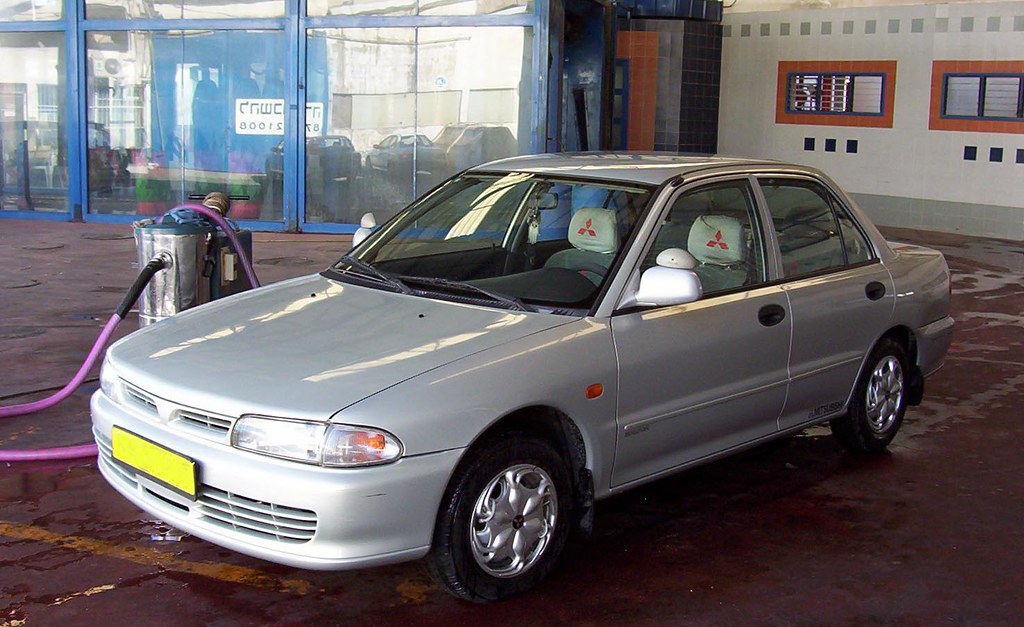
Imagine this: You’re cruising along, enjoying the drive, when suddenly, a mysterious light illuminates your dashboard. For some seasoned drivers, the meaning might be immediately clear, prompting a swift and appropriate response. However, for a significant number of motorists, this sudden glow brings with it a wave of confusion and uncertainty about what the symbol means and, crucially, what action to take next.
This widespread confusion isn’t just anecdotal. A survey by Goodyear Auto Service and Just Tires revealed a surprising disconnect, especially among younger drivers. It concluded that a staggering 88 percent of young adults could readily identify an emoji, yet only 51 percent could recognize a vehicle warning sign. These symbols, sometimes colloquially referred to as “idiot lights” – intended to be universally understood – often fall short of that goal, leaving many drivers, regardless of age, feeling mystified when their dashboard lights up.
Modern vehicles, while sophisticated, rely on these visual cues to communicate vital information. Learning to interpret these signals is paramount for both vehicle longevity and driver safety. A key distinction to grasp immediately is the color of the warning light. As explained by ASE Master Technician Tim Diamond, warning lights are categorized by color: red lights almost always mean “STOP IMMEDIATELY” due to a serious safety issue or potential for expensive damage, while amber or yellow lights signify “CAUTION,” indicating that something needs attention soon, but you can usually keep driving. Blue and green lights are generally informational. Understanding this fundamental difference is your first step towards informed decision-making on the road. This guide will delve into some of the most critical dashboard warning lights, helping you decode their meanings and understand when an immediate stop is not just advisable, but absolutely necessary.
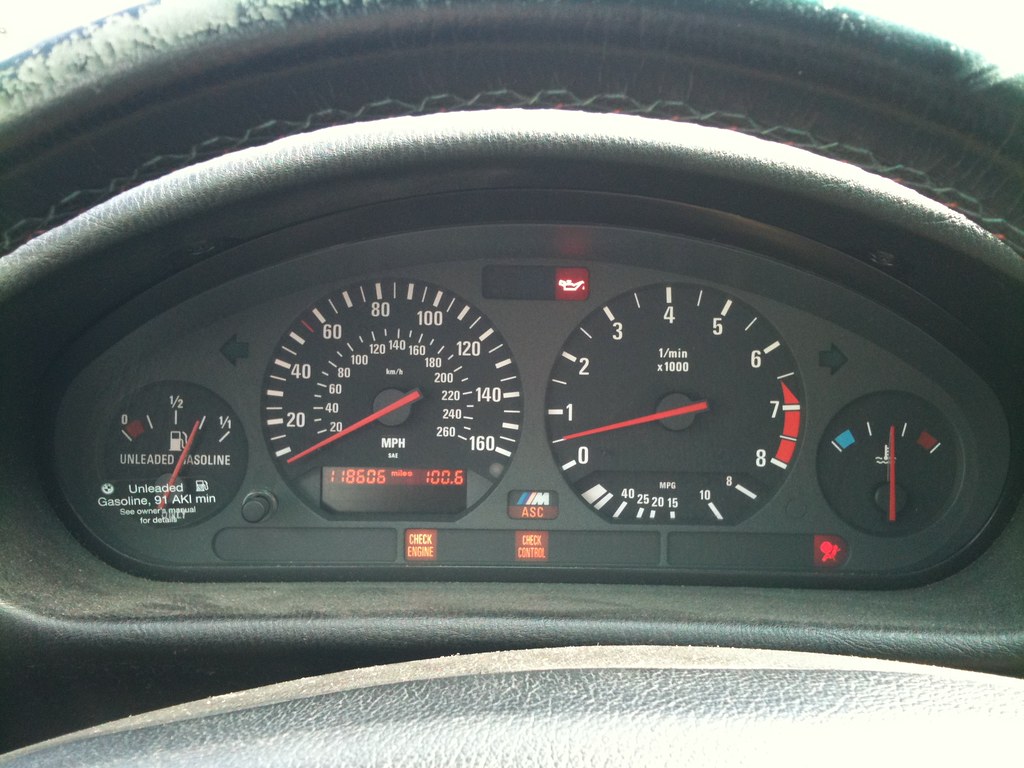
1. **Oil Pressure Warning Light (Red)**When an old-fashioned oil can symbol, often with a drop dripping from its spout, lights up red on your dashboard, it’s not merely a suggestion; it’s a dire warning. This icon signals that your engine’s oil pressure has dropped to dangerously low levels. Ignoring this light is akin to inviting catastrophic engine failure, as the delicate internal components of your engine rely heavily on adequate lubrication to function without friction. This is one of the most serious warnings you can receive, demanding immediate action.
Engine oil serves as the lifeblood of your vehicle’s engine, ensuring that all moving parts are properly lubricated to prevent metal-on-metal grinding. Without sufficient pressure, the oil cannot reach all the necessary components, leading to excessive heat, rapid wear, and irreversible damage. The context explicitly states, “If you see this light, stop as soon as possible to prevent damage to the engine.” Driving even a short distance with this light illuminated can quickly transform a potentially minor issue into an engine replacement.
Common causes for this critical warning range from a simple, yet severe, low oil level to more complex mechanical failures. A failing oil pump might not be circulating oil effectively, or there could be blockages within the oil passages preventing proper flow. It could also indicate a more serious internal engine problem that is causing a loss of pressure. Regardless of the underlying cause, the consequence of delay remains the same: severe damage.
If you see the red oil pressure warning light, pull over immediately and safely turn off the engine. Do not attempt to drive any further. If you know how, check your oil level; however, even if the level appears adequate, the light indicates a pressure problem. Your next step should be to call for roadside assistance or a tow. Driving with low oil pressure, even for what seems like a short distance, will almost certainly destroy your engine, making this light “not one you can ignore—not even for a short drive home.”
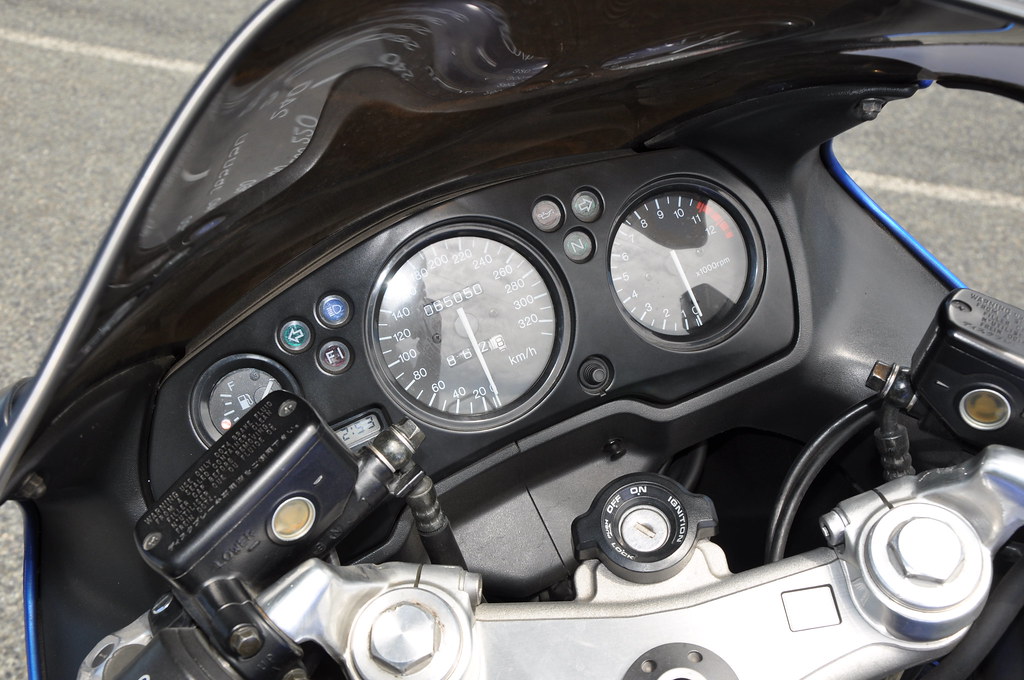
2. **Brake System Warning Light (Red)**A red circle with an exclamation point inside, or simply the word “BRAKE” illuminated, signifies a critical issue within your vehicle’s braking system. This light can indicate one of three potential problems: your parking brake is engaged, your brake fluid is dangerously low, or there’s a more serious malfunction within the overall braking system itself, possibly including ABS issues. This is a paramount safety warning that should never be underestimated.
Your brakes are arguably the most vital safety system in your car, directly impacting your ability to control and stop the vehicle. A compromised braking system puts you, your passengers, and others on the road at significant risk. The context emphasizes that if this light is flashing or comes on while driving, it “could signal brake failure.” This is a situation that warrants your undivided and immediate attention.
The causes for a red brake warning light are varied but all require vigilance. The most straightforward explanation is often an engaged parking brake; many drivers, especially in manual transmission cars, might forget to disengage it before driving off. More concerning causes include low brake fluid, which can severely diminish braking power, or excessively worn brake pads that are past their effective life. In some cases, it might also point to a problem within the Anti-lock Braking System (ABS), though a dedicated ABS light often appears for that specific issue.
Upon seeing this light, your first and easiest action is to ensure your parking brake isn’t engaged. If disengaging it causes the light to turn off, you can proceed safely. However, if the light remains on, or if it illuminates while you are driving and the parking brake is not engaged, “get your brakes checked immediately.” This is a situation where prudence dictates prompt professional inspection, as “brakes are a critical safety system—never ignore this light.”

3. **Engine Cooling System / High Coolant Temperature Warning Light (Red)**The image of a thermometer immersed in waves, or a radiator icon, glowing red on your dashboard is a clear and urgent signal: your engine is overheating. This is a critical warning, as an excessively hot engine can suffer severe, often irreversible, damage. The engine cooling system is designed to maintain an optimal operating temperature, and when this system fails, the consequences can be dire, potentially leading to a blown head gasket, cracked engine block, or melted components.
An engine relies on a carefully calibrated temperature range to perform efficiently and without damage. The coolant circulates through the engine, absorbing excess heat, and then dissipates it via the radiator. When this process is interrupted, the engine temperature spikes. The context from AutoZone states, “An engine cooling system, or coolant temperature warning, light will appear if the temperature exceeds normal limits.” This is your car telling you that the delicate balance has been severely disrupted.
Several factors can lead to an overheating engine. The most common include a low coolant level, often due to a leak in the system or simply not being topped up. Other culprits can be a faulty radiator fan that isn’t pulling air through the radiator effectively, a broken water pump that isn’t circulating coolant, or even a serious internal problem like a blown head gasket, which allows combustion gases to enter the cooling system. Each of these requires specific diagnosis and repair.
If the red engine temperature warning light illuminates, you must pull over and turn off the engine immediately. Continued driving will only exacerbate the problem and multiply the damage. A crucial safety note: “Never open a hot radiator cap—it can cause serious burns” due to the pressurized hot steam and coolant. Allow the engine to cool down completely before attempting any inspection, and then contact a mechanic or roadside assistance. This is a situation where patience and professional help are far cheaper than a new engine.
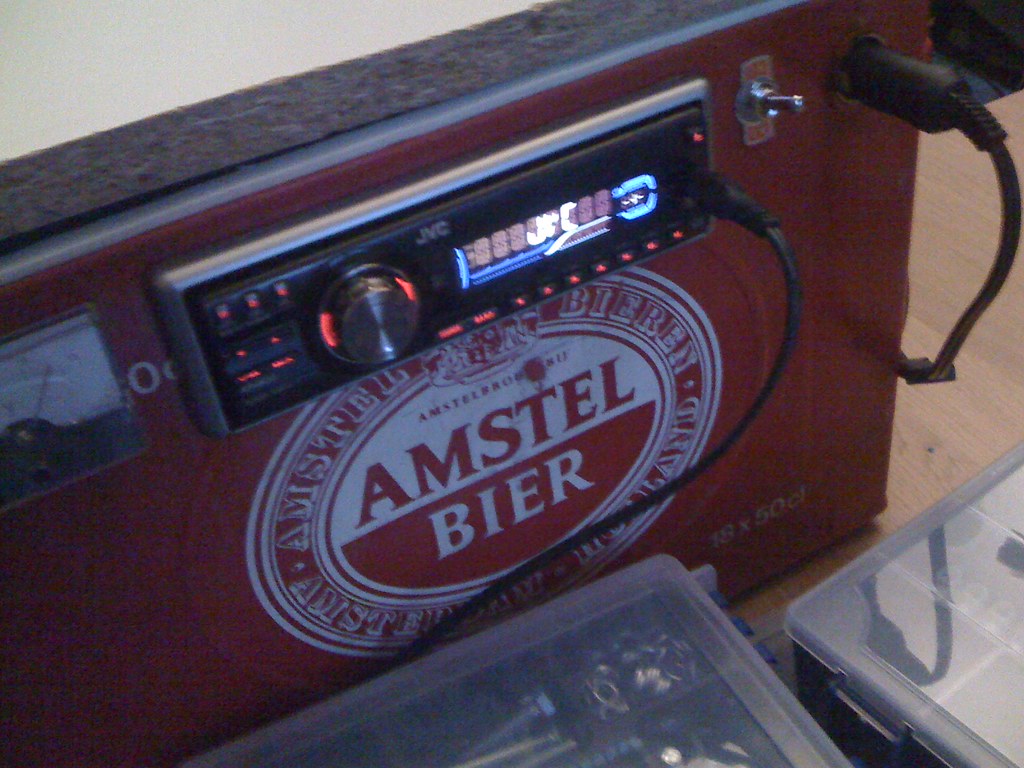
4. **Battery/Charging System Light (Red)**A red battery icon, typically accompanied by ‘+’ and ‘-‘ symbols, indicates that your vehicle’s charging system is not functioning correctly. This isn’t just about your car battery; it signifies that the battery isn’t receiving a charge while the engine is running. While it might not demand an immediate roadside stop like a red oil pressure light, it necessitates prompt attention because once the battery’s existing charge is depleted, your car will inevitably stall, leaving you stranded.
Your vehicle’s electrical system relies on a continuous supply of power, which is primarily provided by the alternator once the engine is running. The battery’s role is mainly to start the car, after which the alternator takes over to power accessories and recharge the battery. When this light comes on, it means the alternator is failing to do its job, or there’s an interruption in the flow of power, as AutoZone advises, “This icon indicates that the voltage level is below normal level and the vehicle’s charging system is not functioning properly.”
Common causes behind a red battery/charging alert include a failing alternator, which is responsible for generating electricity; a worn or broken serpentine belt, which drives the alternator; or loose, corroded, or damaged battery connections that prevent proper charging. These issues can rapidly drain the battery, leading to a complete loss of electrical power and an inoperable vehicle. Ignoring this light will certainly lead to being stuck.
If this light appears while you are driving, it’s wise to turn off any non-essential electronics such as the radio, air conditioning, or navigation system to conserve the remaining battery power. Your immediate goal should be to safely drive to a mechanic or service station. While you might have some time, the exact duration is unpredictable. “Head to a mechanic soon, or you may end up with a car that won’t start,” emphasizes the context. Addressing this quickly can prevent an inconvenient breakdown.
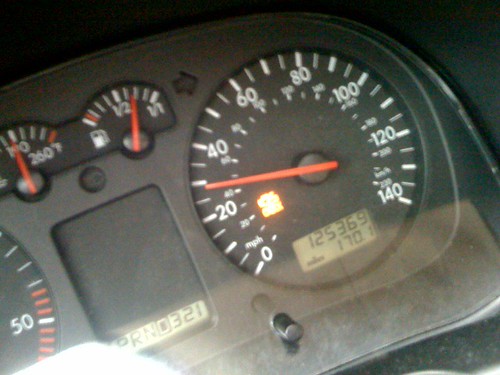
5. **Check Engine Light (Yellow/Orange)**The Check Engine Light (CEL), represented by an engine-shaped icon, is perhaps the most commonly seen and misunderstood dashboard warning. Unlike the immediate emergency of red lights, this amber or yellow indicator suggests a problem within your car’s onboard diagnostics system (OBD-II), which monitors numerous engine and emissions control components. While it often means “CAUTION,” its severity can vary dramatically, and in some cases, it demands immediate cessation of driving.
Crucially, the behavior of the Check Engine Light dictates the urgency of your response. If the light is steady, it typically indicates a problem that requires attention soon, but not necessarily an immediate stop. However, if the Check Engine Light is blinking, this is a much more serious situation. A blinking CEL almost always signifies a severe engine misfire, which is actively damaging your catalytic converter, an expensive component of your exhaust system. The context explicitly warns, “If it’s blinking, stop driving—blinking means a serious misfire that could damage your catalytic converter.”
Causes for a steady Check Engine Light can range from incredibly minor to significantly problematic. The simplest fix might be a loose or damaged gas cap, which can disrupt the vehicle’s evaporative emissions system. Other common culprits include a faulty oxygen sensor, which impacts fuel efficiency and emissions; failing spark plugs that cause misfires; or broader emissions control issues. While these may not immobilize your car instantly, they affect performance, fuel economy, and can lead to more costly repairs if ignored.
If the Check Engine Light is blinking, pull over safely and turn off the engine without delay, and arrange for a tow to a mechanic. If the light is steady, you should schedule a diagnostic scan as soon as possible to pinpoint the exact issue. “Don’t ignore it—this light won’t go away on its own.” A professional diagnostic scan reads your car’s trouble codes, identifies the exact system or part causing the problem, and ultimately saves you time and money by avoiding guesswork and unnecessary part replacements.
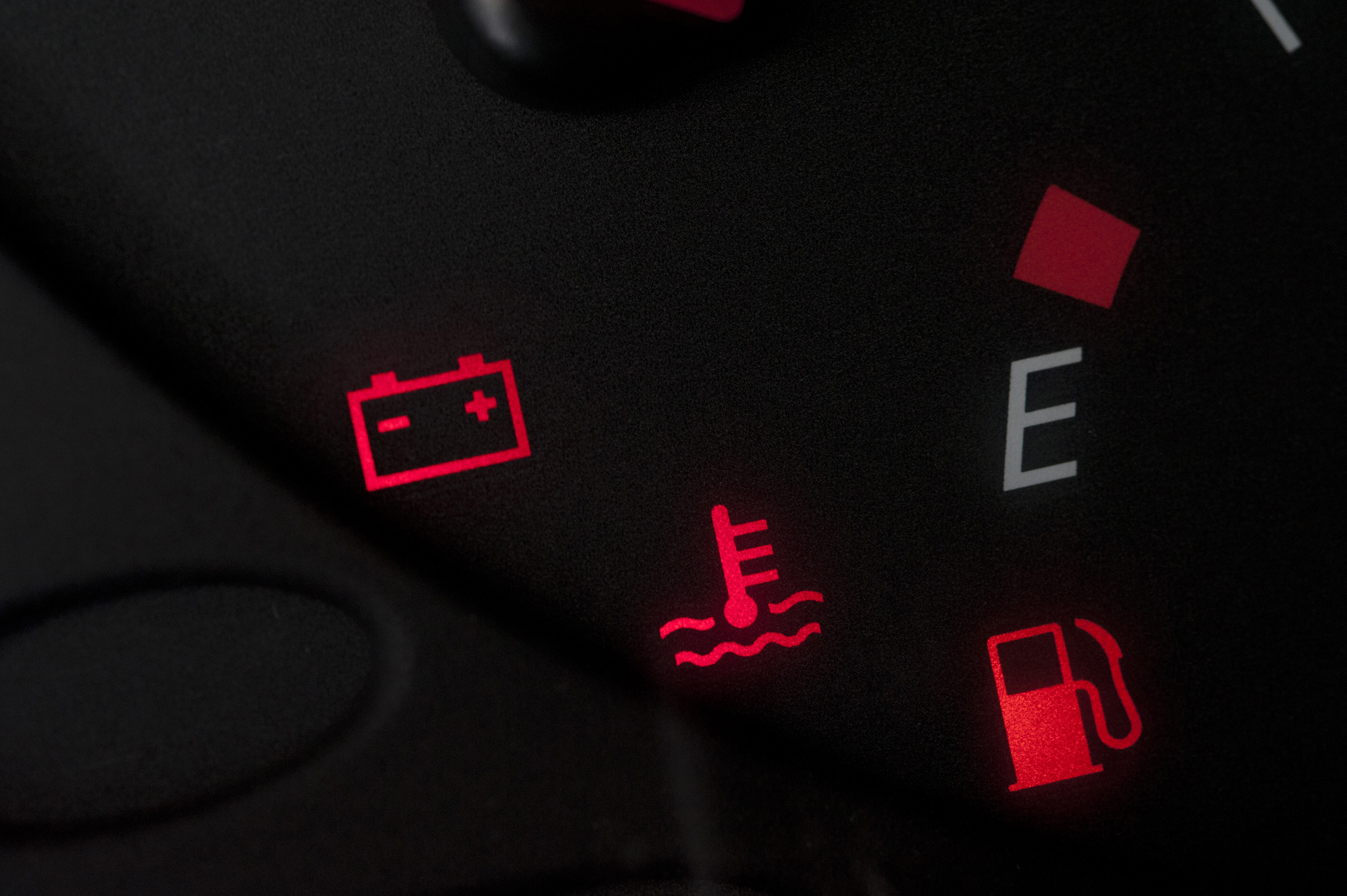
6. **Transmission Problem Warning (Red/Amber)**When a gear or sprocket-shaped icon, sometimes with a thermometer or an exclamation point inside, illuminates in red or amber, it indicates a problem with your transmission. The transmission is a complex and vital component of your vehicle, responsible for transferring power from the engine to the wheels and allowing for gear changes. Problems with this system are almost always serious and can quickly lead to costly repairs if not addressed promptly.
A red transmission warning light is a severe indicator, often meaning the transmission is about to overheat or is experiencing a critical failure. The context mentions that when the A/T oil temp light turns on, it means “the transmission is about to overheat.” Overheating transmission fluid can rapidly degrade, leading to internal damage that can completely seize the transmission. This directly impacts your vehicle’s ability to drive, potentially leaving you stranded.
Common issues that trigger this warning include low transmission fluid levels, often due to a leak, or the fluid itself being old and degraded, losing its lubricating and cooling properties. Mechanical issues within the transmission, such as failing clutches or sensors, can also activate the light. Regardless of the specific cause, a transmission warning is not one to be taken lightly, especially if it appears in red, signifying an immediate threat to the component.
If you see a red transmission problem warning light, particularly if it’s accompanied by a temperature indicator, you should stop as soon as possible. Park the vehicle and turn off the engine to allow the transmission to cool. Continuing to drive will likely cause further, potentially irreparable, damage. Once the vehicle has cooled, consult with a mechanic as soon as you can, likely requiring a tow to ensure no further strain is placed on the compromised system. “Transmission problems are serious, so if see this symbol, stop as soon as possible and get your vehicle to a mechanic for repairs.”
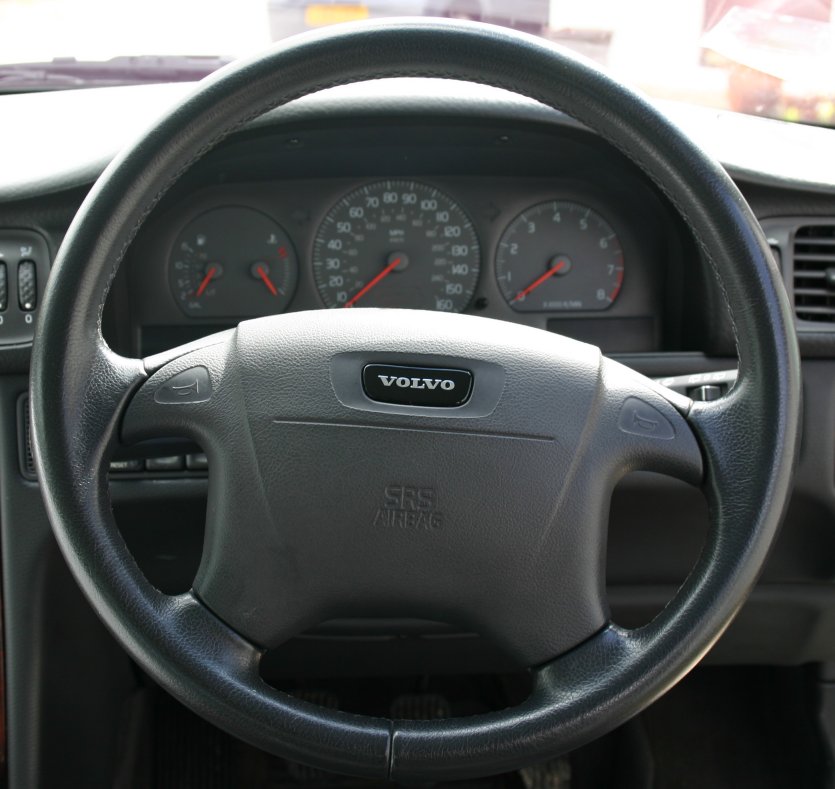
7. **Power Steering Problem (Red)**An icon depicting a steering wheel, sometimes with an exclamation point or a fluid wave next to it, appearing in red, warns of a problem with your power steering system. This is a critical safety warning because a malfunctioning power steering system can make your vehicle extremely difficult to steer, particularly at low speeds, significantly increasing the risk of an accident. The power steering system is integral to the safe and effortless control of your vehicle.
Modern vehicles typically use either a hydraulic power steering system or an electric power steering system to assist the driver in turning the wheels. When this system malfunctions, the amount of effort required to steer can dramatically increase, making maneuvers like parking, turning corners, or even maintaining a straight line on the highway, much more strenuous and hazardous. The context states it “warns you of low fluid levels or imminent problems with the power steering system.”
For hydraulic systems, the most common cause is low power steering fluid, which might be due to a leak in the lines or pump. For electric systems, the issue could be an electrical fault, a failing motor, or a sensor problem. Regardless of the system type, a failure means the driver loses the assistance that normally makes steering easy. The sudden increase in steering effort can be startling and dangerous, especially when unexpected.
If the power steering problem light illuminates, you should recognize it as a serious safety risk. While your vehicle might still be technically steerable, the vastly increased effort required makes driving unsafe. You should reduce your speed, drive with extreme caution, and safely get your vehicle to a mechanic as soon as possible. It is strongly advised to have it towed if the steering becomes exceptionally difficult or unpredictable, as maintaining control can become a significant challenge.
Read more about: Mastering the Road: Expert Strategies to Safely Outsmart Tailgaters Without Touching Your Brakes
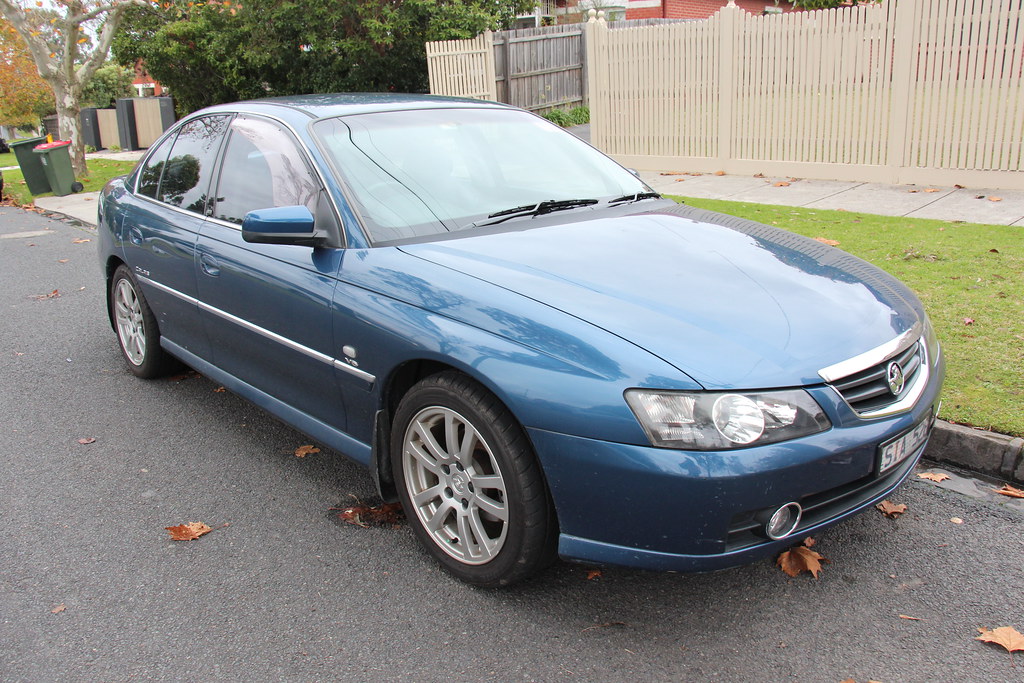
8. **Anti-lock Braking System (ABS) Warning Light (Yellow/Orange)**When the familiar “ABS” symbol, typically within a circle, illuminates in amber on your dashboard, it signals an issue within your vehicle’s Anti-lock Braking System. This advanced safety feature is designed to prevent your wheels from locking up during sudden or forceful braking, thereby allowing you to maintain steering control and potentially reduce stopping distances in emergencies. A lit ABS light means that while your car’s traditional braking system should still function, the sophisticated anti-lock capabilities are temporarily offline.
This warning is crucial because a non-functional ABS system can dramatically alter your vehicle’s behavior during a panic stop. Without it, the wheels might lock, leading to a skid and a loss of directional control, especially on low-traction surfaces. Various factors can trigger an ABS warning, often stemming from a damaged wheel speed sensor, a blown fuse, or a fault within the ABS module itself. The context indicates this light means “the anti-lock brake computer set a code and needs professional diagnosis.”
Upon noticing this amber light, it’s generally considered safe to continue driving for short distances, but with increased caution. It is advisable to “avoid hard braking” to minimize the risk of a skid. However, delaying a check-up is not recommended, as the ABS is undeniably “a key safety feature.” Scheduling a diagnostic service promptly is essential to identify the precise fault and ensure your vehicle’s full safety capabilities are restored.

9. **Worn Brake Pads Warning Light (Yellow/Orange)**The sight of a circle with dashed lines on its outer edges, typically glowing in amber or yellow, is your car’s direct communication regarding the condition of its brake pads. This indicator alerts you that your vehicle’s brake pads have worn down to a critical level, signaling that their effectiveness in bringing your car to a stop is diminishing. While the red brake system warning signifies a more immediate issue, this amber light provides an important heads-up about a component nearing the end of its functional life.
Brake pads are fundamental to the braking system, creating the necessary friction against the brake rotors. As this friction material naturally wears away over time, modern vehicles often use wear sensors that activate this warning light once the pad material reaches a minimum thickness. Ignoring this warning can lead to significantly increased stopping distances and, critically, risks grinding metal-on-metal, causing irreversible damage to the brake rotors and calipers.
Although this amber light typically allows for continued careful driving, it is imperative to schedule a brake inspection and replacement of the pads as soon as possible. The urgency increases if you also notice symptoms such as squealing or grinding noises when braking. Addressing worn brake pads promptly not only safeguards other brake components from further damage but, more importantly, ensures that your vehicle retains its full stopping power and overall safety performance.
10. **Tire Pressure Monitoring System (TPMS) Light (Yellow/Orange)**A distinct horseshoe-shaped icon, often with an exclamation point, illuminated in amber or yellow, signals an issue with your vehicle’s Tire Pressure Monitoring System (TPMS). This light is a direct alert that one or more of your tires are significantly underinflated, or occasionally overinflated, beyond the manufacturer’s recommended specifications. The TPMS is a crucial safety and efficiency feature, designed to warn drivers when tire pressure falls to levels that could compromise vehicle handling, increase fuel consumption, or lead to premature tire wear.
Proper tire inflation is fundamental to safe driving. Underinflated tires can lead to reduced steering responsiveness, decreased braking efficiency, and an increased risk of tire overheating and potential blowouts, especially at highway speeds. Moreover, incorrectly inflated tires contribute to uneven tire wear, shortening their lifespan. The context confirms that “drivers should check the pressure in their tires or manipulation of tire sensors when this icon is activated.”
The causes for a TPMS light can vary, from a simple slow leak or a drop in air pressure due to changes in ambient temperature, to a malfunction with one of the TPMS sensors themselves. Upon seeing this light, your immediate action should be to safely check the pressure of all your tires using a reliable gauge and inflate them to the recommended PSI. If the light persists, or reappears, it’s advisable to visit a service center for a thorough inspection, as some vehicles “may require service” if a sensor issue is detected.

11. **Low Oil Level Warning (Yellow/Orange)**Distinct from the red “Oil Pressure Warning Light,” an amber or yellow “Oil Level Warning” light indicates that your engine’s oil supply is running low. While not as immediately perilous as a complete loss of oil pressure, this warning still demands swift attention. It serves as an early indicator, giving you a valuable opportunity to prevent more severe engine problems that can arise from insufficient lubrication over time. The context states it “is an early indicator that the engine is running low on oil, or has too much of it.”
Engine oil is critical for lubricating moving parts, cooling the engine, and cleaning internal components. When the oil level drops below the minimum safe threshold, engine components can experience increased friction and heat, leading to accelerated wear and potential damage. Modern vehicles often employ sophisticated sensors to monitor the oil level electronically, triggering this amber light before levels become critically low. Normal consumption or a minor leak are common reasons for this warning.
If you observe the amber low oil level light, you should check your engine’s oil dipstick as soon as it is safe, typically on level ground after the engine has cooled slightly, and top up the oil to the recommended level. If the light persists after topping up, or if you find yourself needing to add oil frequently, it’s a strong indication that a professional inspection for leaks or excessive consumption is warranted. Addressing a low oil level proactively is a simple maintenance step that can significantly extend the life and reliability of your engine.

12. **Catalytic Converter Warning (Yellow/Orange)**While there isn’t always a dedicated catalytic converter warning light, problems with this vital emissions component are frequently indicated by an illuminated Check Engine Light, often in amber or yellow. The context specifically mentions a “Catalytic Converter Warning” for a “clogged catalytic converter,” which would “prevent exhaust gases from leaving the engine fast enough, causing a pressure build-up in the exhaust manifold and loss of power.” This situation implies a critical issue that requires prompt attention to prevent further damage and ensure regulatory compliance.
The catalytic converter is a cornerstone of your vehicle’s exhaust system, responsible for transforming harmful pollutants produced during combustion into less toxic substances. A malfunctioning or clogged catalytic converter cannot perform this crucial function, leading to increased emissions and often, a noticeable decline in engine performance. A clogged converter restricts exhaust flow, manifesting as a noticeable loss of engine power, sluggish acceleration, or reduced fuel efficiency.
The most common causes of catalytic converter damage include prolonged engine misfires, which send unburnt fuel into the converter causing overheating, or consistent oil and coolant leaks getting into the exhaust. If you suspect a catalytic converter issue, often accompanied by a steady Check Engine Light and performance issues, it’s crucial to have your vehicle diagnosed by a professional mechanic. While an amber light generally allows continued driving, delaying inspection can lead to costly repairs for the converter and other engine components.

13. **Electronic Stability Program (ESP) / Traction Control Warning (Yellow/Orange)**Seeing an icon that often resembles a car skidding, or sometimes the words “ESP” or “TCS” (Traction Control System) illuminated in amber or yellow, signals an issue with your vehicle’s electronic stability control or traction control systems. These advanced safety features are designed to help drivers maintain control during challenging conditions, such as sudden maneuvers, slippery roads, or hard acceleration. When this light is on, it indicates that one or both of these critical systems are currently not fully operational.
The Electronic Stability Program (ESP) actively monitors steering angle, wheel speed, and vehicle yaw rate. If it detects a loss of control, it selectively applies individual brakes and/or reduces engine power to help stabilize the vehicle. Similarly, the Traction Control System (TCS) prevents excessive wheel spin during acceleration, ensuring maximum grip. The context states that if the “ESP Warning” is on, “the electronic stability system is not functioning and will not assist you during hard braking and cornering,” and the same applies to the “Traction Control Warning.”
Causes for this amber warning can range from simple, like a temporary activation during excessive wheel slip, to more complex, involving a fault with a wheel speed sensor, steering angle sensor, or even the ESP/TCS module itself. While your vehicle is still steerable and brakable, it is essential to drive with increased caution, especially in adverse weather conditions, as you will not have the electronic assistance designed to prevent skids or loss of traction. It is advisable to have the system professionally diagnosed as soon as possible to restore these crucial safety features.

14. **Pre-Collision System (PCS) Warning (Yellow/Orange)**The “Pre-collision System Warning,” often an amber or yellow light, indicates a malfunction within your vehicle’s sophisticated safety system designed to help prevent or mitigate frontal collisions. As vehicles become more advanced, they incorporate various driver-assistance technologies aimed at enhancing safety, and the Pre-Collision System (PCS) is a prime example. When this light illuminates, it is a clear message that this crucial accident-avoidance feature is not currently functioning as intended.
The Pre-Collision System typically utilizes radar, cameras, or lidar sensors to monitor the road ahead, detecting potential obstacles and other vehicles. Depending on the system’s capabilities, it can provide audible and visual warnings, initiate pre-emptive braking, or even apply the brakes autonomously. The presence of this warning light directly means that “the problem with the PCS will prevent it from activating and preventing a frontal crash,” as per the context.
Malfunctions in the PCS can arise from several sources. Sensors, often located in the grille or behind the windshield, can become obstructed by dirt, snow, or ice, temporarily disabling the system. More serious issues might involve a faulty sensor, damaged wiring, or a problem within the control module. Upon seeing the amber PCS warning light, it is important to recognize that one of your vehicle’s advanced safety nets is inactive. While drivable, increase your vigilance and get a diagnostic scan by a qualified technician to restore this vital safety technology.
Navigating the intricate landscape of dashboard warning lights can seem daunting at first, but with a clear understanding of their meanings and categories, drivers can make informed decisions that prioritize both vehicle health and personal safety. Whether it’s a critical red alert demanding an immediate stop or an amber caution signaling a need for prompt maintenance, each light provides valuable insight into your car’s operational status. Paying attention to these silent communicators is not just about avoiding costly repairs; it’s about proactively ensuring a safer, more reliable driving experience for everyone on the road.

